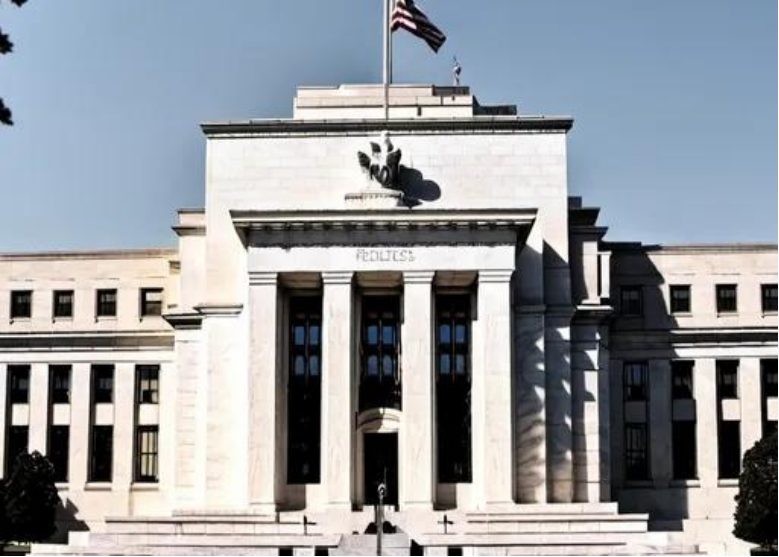
The U.S. Federal Reserve opted to keep interest rates unchanged, signaling a cautious stance on potential rate cuts while highlighting concerns over recent inflationary trends. Fed Chair Jerome Powell acknowledged that the pace of inflationary pressure has slowed, but emphasized the uncertainty surrounding the trajectory towards the target of 2%.
Inflationary Dynamics and Policy Outlook
Despite initial optimism regarding inflation moderation, recent data indicates a persistence of elevated price levels. Powell expressed a reduced confidence in the forecasted decline of inflation, prompting a cautious approach towards future rate adjustments. The Fed’s current policy rate is perceived as sufficiently restrictive to counter inflationary pressures, leading to a preference for maintaining the status quo until clearer signals emerge.
Market Reaction and Investor Sentiment
Powell’s assurance regarding the unlikelihood of rate hikes provided a semblance of relief to investors wary of a more hawkish stance by the Fed. This sentiment buoyed stock and bond prices, albeit with a recognition of the high threshold for any potential rate increases. The Fed’s commitment to patience in decision-making tempered market expectations of imminent rate cuts.
Balance Sheet Management and Financial System Stability
In addition to interest rate decisions, the Fed announced adjustments to its balance sheet reduction strategy, aiming to mitigate potential liquidity shortages in the financial system. By scaling back the pace of asset run-off, the Fed aims to ensure adequate reserves while maintaining pressure on economic activity. Powell emphasized the distinct roles of interest rate tools and balance sheet management in achieving policy objectives.
Economic Assessment and Growth Prospects
Despite concerns over inflation, the Fed maintained an overall positive outlook on economic growth, citing continued expansion and robust job gains. Powell attributed the recent modest GDP growth to factors such as private domestic demand and increased immigration, underscoring the resilience of the economy amidst evolving challenges.
Addressing Concerns and Historical Context
Powell addressed concerns over the possibility of stagflation, highlighting the current economic landscape’s divergence from historical precedents. Contrary to the stagflationary environment of the late 1970s, characterized by stagnant growth and soaring prices, Powell emphasized the solidity of current growth rates and the manageable level of inflation.
Overall, the Fed’s decision to maintain interest rates reflects a nuanced response to evolving economic conditions, balancing the need for price stability with supporting ongoing economic expansion.
Related Articles
Fed’s Reassurance Boosts Asian Stocks And U.S Futures
Headline: Markets Respond To Central Bank Dynamics As BOJ Decision Looms
Shocking : CBN Stocks Markets With Unprecedented Interest Rate Hike To 22.75%
Euro Zone Inflation Steady At 2.4%, June Rate Cut In Play
Bank Of Kyoto Prepares Staff For Positive Interest Rates
Subscribe to Follow Global Trends for daily global news
Make Money Online Working Remotely
To Advertise, send a mail to advertise@followglobaltrends.com
Find Out How To Make Money As A Full Time Writer/Blogger
Written By: Doris Chinwe Omemgbeoji

